How Bureau Betak transformed the runway show: ‘Our currency is emotion and memory’
Pioneering production company Bureau Betak has masterminded some of the most inspiring runway sets of the last 30 years, dazzling both real-life guests and an ever-growing virtual global audience. Hugo Macdonald meets the people behind the magic

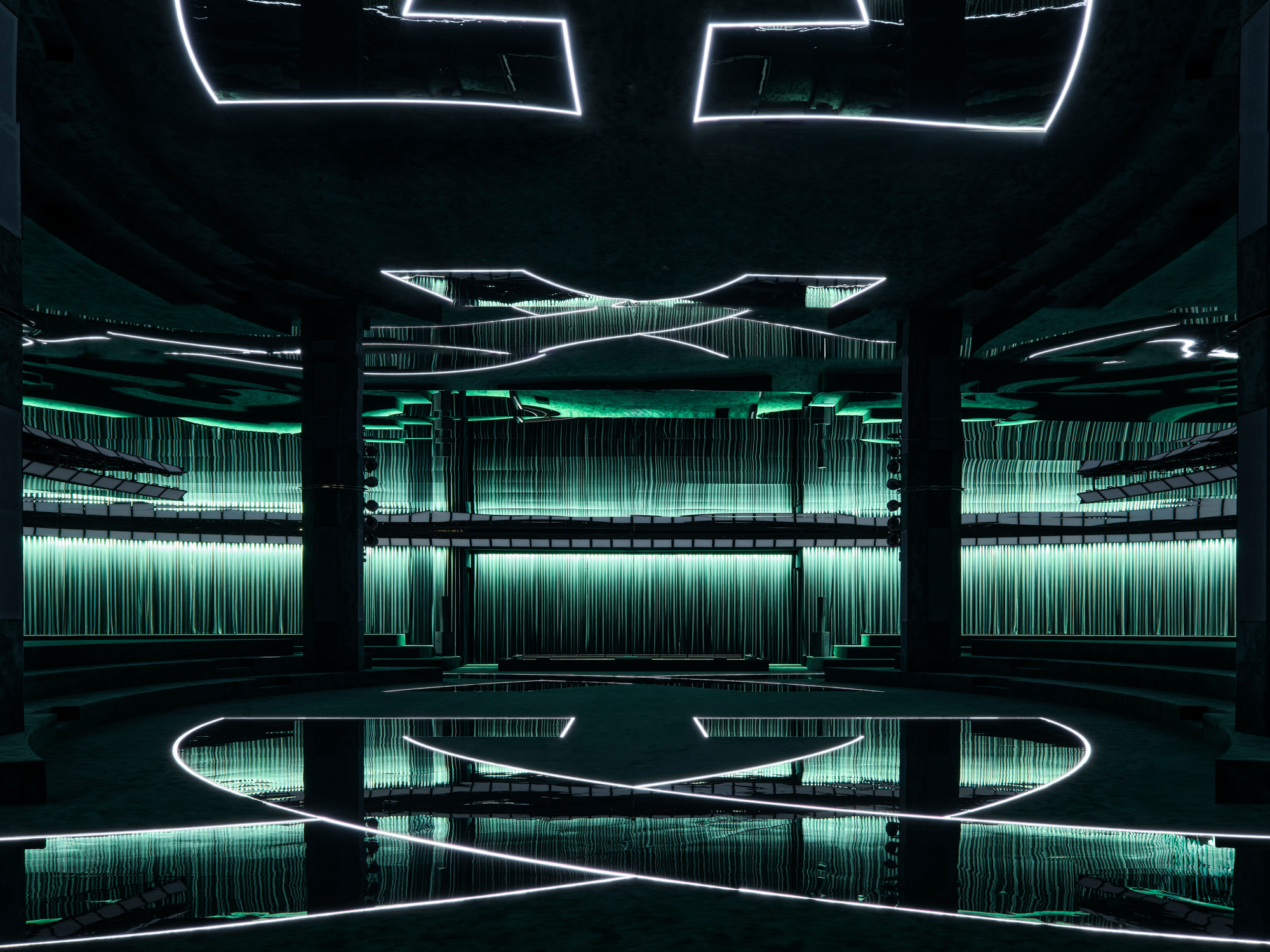
Amid the heady hedonism of the 1990s, fashion shows transcended from industry showcases to cultural touchstones. Designers became celebrities. Models became super. Fashion houses became global luxury brands. The fashion show, catapulted into mainstream culture thanks to the rapid advance of technology, was a powerful catalyst for image creation and dissemination. Against this backdrop, Alexandre de Betak founded his Paris-based production company Bureau Betak. Over three decades, he revolutionised the very concept of fashion communication.
Alexandre de Betak stepped away from Bureau Betak three years ago. The company is now co-helmed by Bénédicte Fournier Beckmann, Paco Raynal and Guillaume Troncy, and it’s very much business as usual (in so far as this business is ever quotidian).
How Bureau Betak transformed the runway show
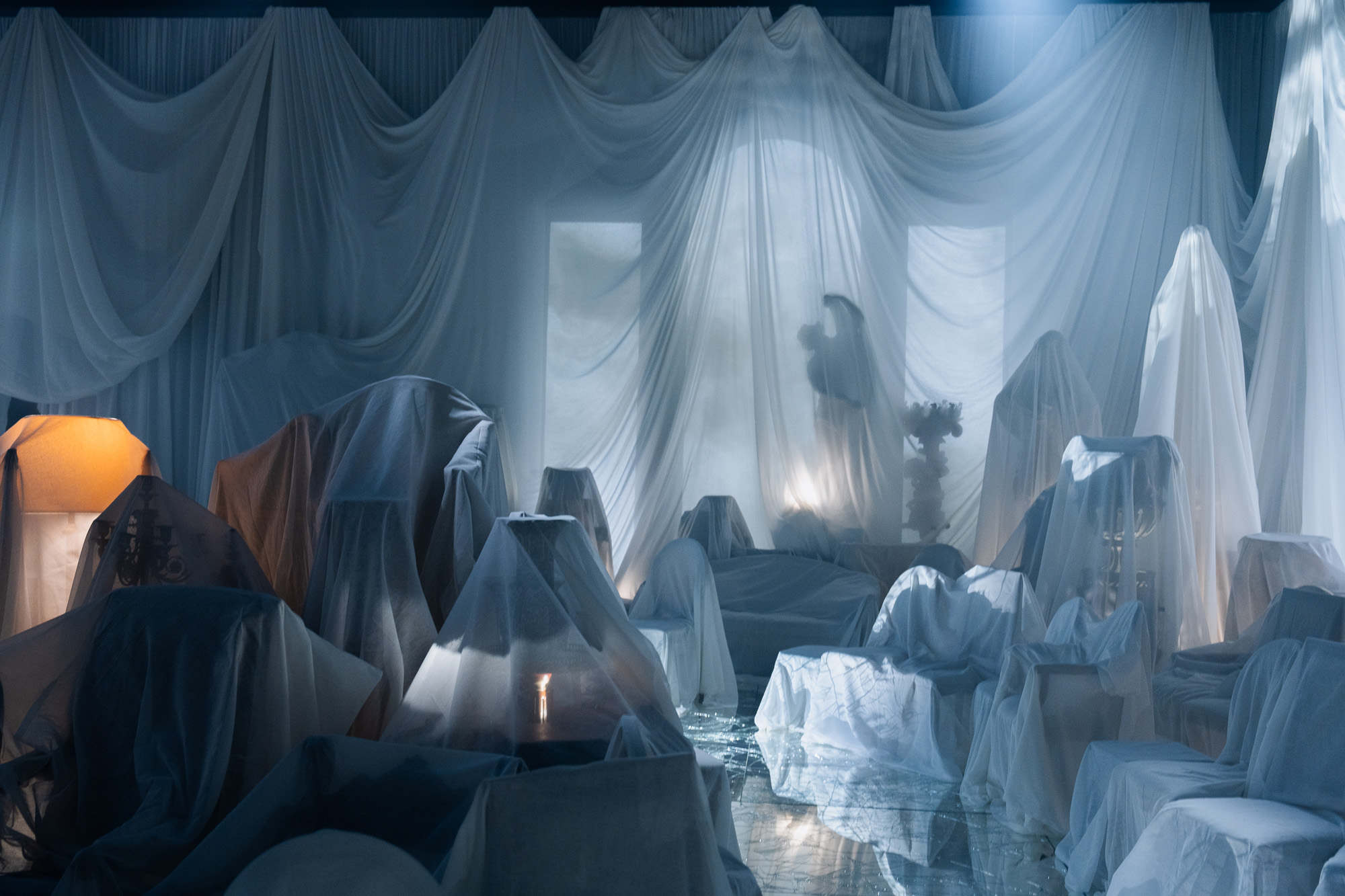
Valentino’s wistful S/S 2025 show space featured furniture covered in thin white sheets and a cracked mirror floor by Alfredo Pirri
‘We work as a collective with strong creative and production teams everywhere, made stronger by our shared experience,’ says Fournier Beckmann. For our interview, it’s fitting that the trio are beamed by a screen from their Parisian offices. A fashion show today is experienced live by a 1,000-or-so people, but it is devoured by millions virtually, via a plethora of media platforms and posts.
Today, Bureau Betak employs around 100 people across four offices in Paris, New York, LA and Shanghai. It is best known for the production of fashion shows for some of the world’s biggest brands, but its creative tentacles are far-reaching across events of all shapes and sizes, from brand activations and parties to exhibitions and keynote speeches. ‘We are like the fairies in the background,’ says Troncy. ‘We make ideas happen.’
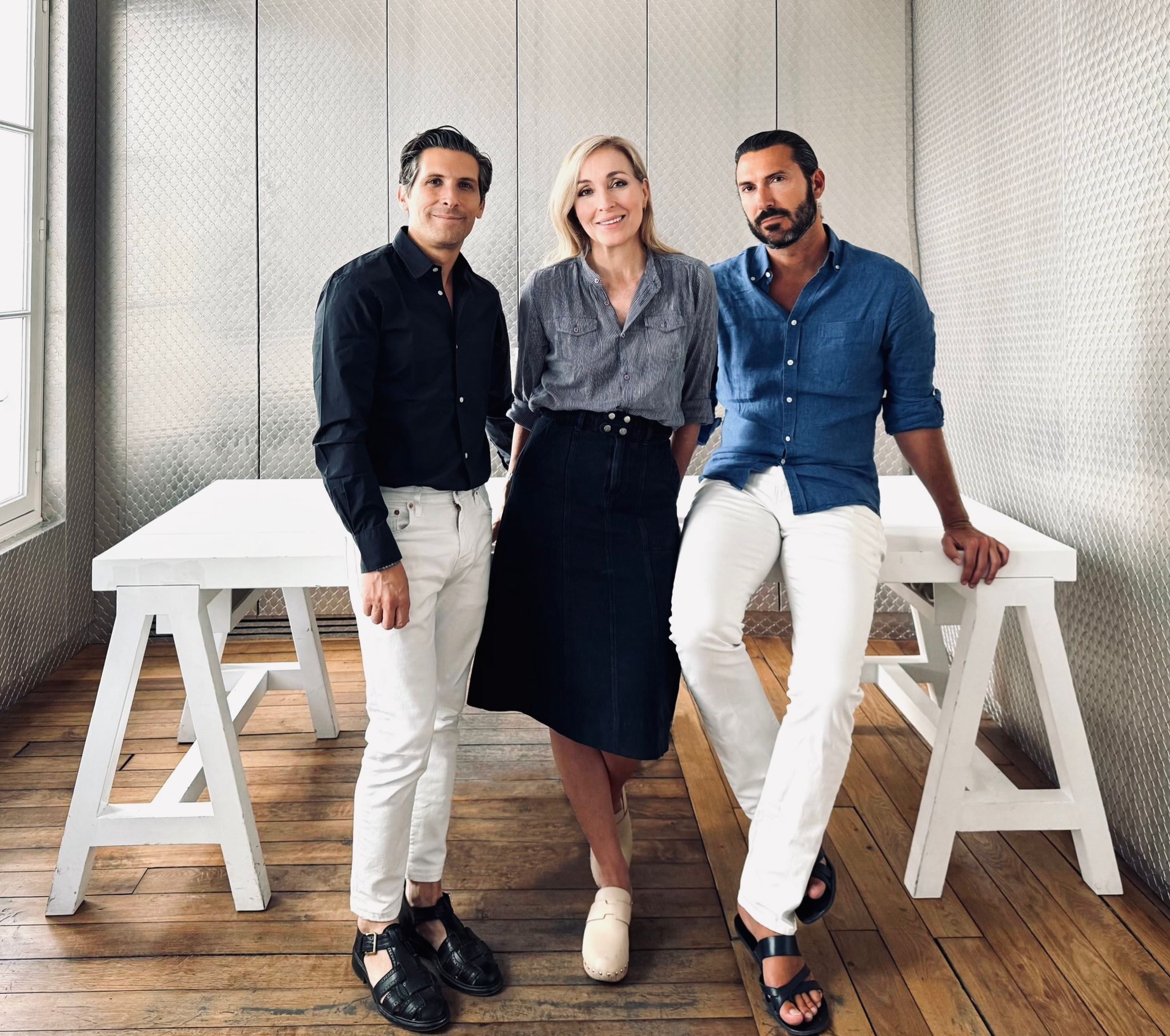
From left, Guillaume Troncy, Bénédicte Fournier and Paco Raynal
It’s a modest statement because Bureau Betak is actually a meticulously skilled outfit that understands how all aspects of its involvement connect: first imagining, then creating and communicating the codes of a house, its designer and their collection. The volume of its productions has mushroomed. ‘When we started,’ says Fournier Beckmann (who, together with Raynal, has been at Bureau Betak since its infancy), ‘we would do four shows a year for a brand; now we do between eight and 12 a year – and they only get bigger.’ Until relatively recently, this was called fashion show production. Today, this is more like conducting the orchestra for a single track in the canon of a brand, and ensuring that it plays out pitch-perfectly to a febrile, global audience, first live and then in ripples that continue until the next show drops.
‘Our currency is emotion and memory. We believe wholeheartedly in the power of human creativity’
Guillaume Troncy, Bureau Betak
‘Our job does not stop at delivering a set,’ Troncy says. ‘In many ways, it’s just the start. The live event is when the magic happens and what will travel the world.’ A show must be impactful and memorable for its physical audience and professional photographer bank, but it must also translate effortlessly on to the phone cameras of everyone in attendance, too. Beyond the ‘owned assets’, this is how the majority of people see a collection for the first time nowadays. ‘We’ve been looking at our sets through our own camera phones for about 15 years,’ Fournier Beckmann says. ‘The feeling, the lighting, the staging – everything must look as good as possible from any angle. A show goes worldwide in five seconds.’
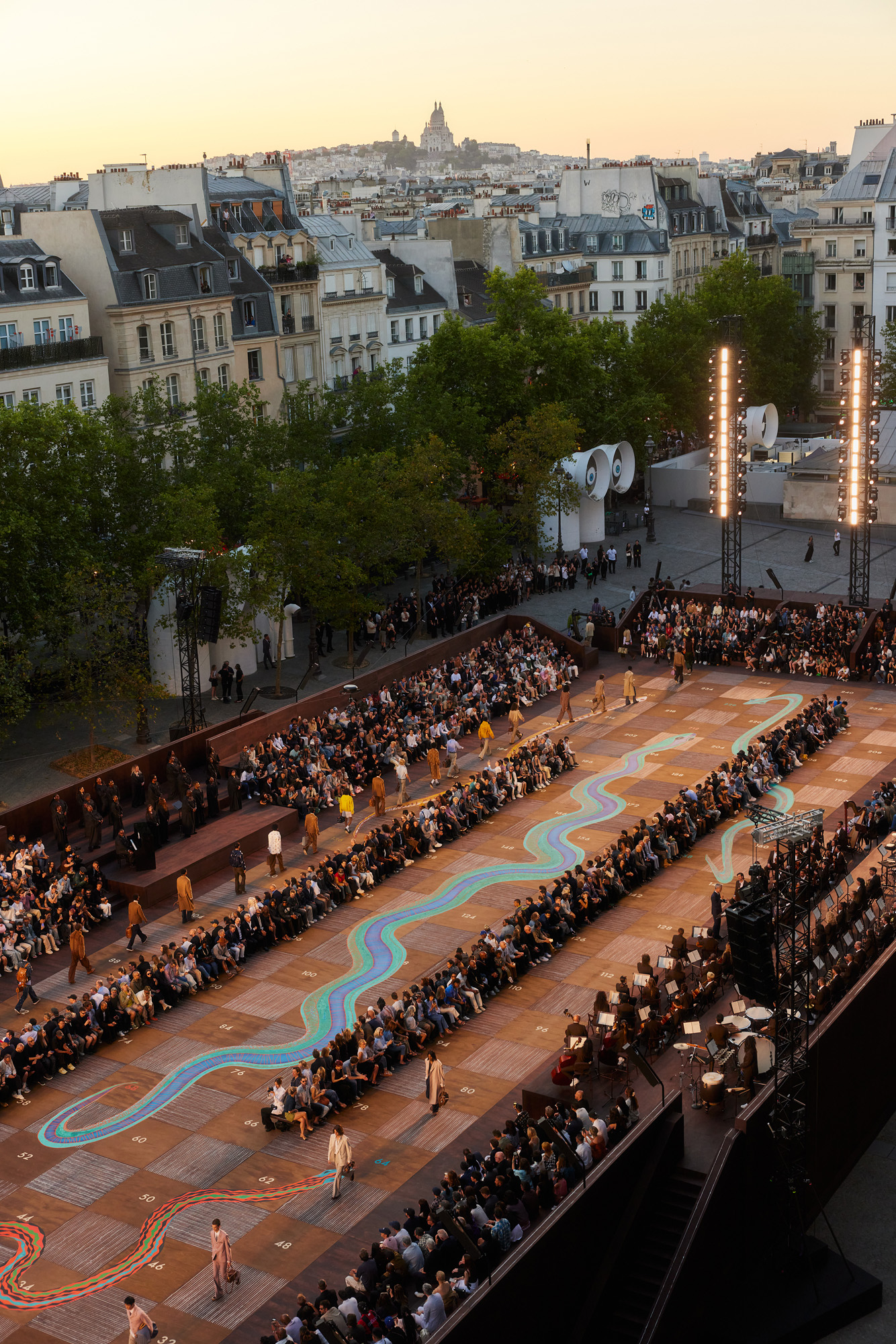
Louis Vuitton’s S/S 2026 menswear was presented at Place Georges Pompidou in Paris on a runway inspired by Snakes and Ladders
At the A/W 2025 shows earlier this year, the team transported us (metaphorically) to a louche weekend at an English country house for Burberry; through the dawn of time with artist Robert Wilson for Dior; into a maze of glossy red bathroom cubicles for Valentino; and inside a glowing onyx monolith for Saint Laurent. ‘The scale and speed may have changed, but the way we work is very similar to how we’ve always worked,’ Raynal explains. ‘We begin in conversation with the client and from this we interpret a brief. It is not always a precise one. It could be a single word, a picture, a conversation. We then present our vision of the interpretation of their brief to the client. Once we get approval for the vision, we work out how to achieve it. We are careful to work within an allocated budget. Every bit as important as the show itself, is what happens after the event – not just to the brand assets, but to the physical elements too. We take the eco-responsibility of our projects very seriously.’
Receive our daily digest of inspiration, escapism and design stories from around the world direct to your inbox.
Operating at the sharper edge of an industry not celebrated for its sustainability credentials, Bureau Betak has been a pioneer. In 2020, it was the first production agency to be awarded 20121 certification for sustainable event management. Better Betak launched in 2022 as an open platform for recording observations, sharing solutions and identifying commitments towards more sustainable event management within the luxury sector. It is an impressive core of the company’s mission rather than a green-tinged add-on, and is clearly heartfelt by the trio, who wax lyrical about ever-better practices being a key ingredient to their success.
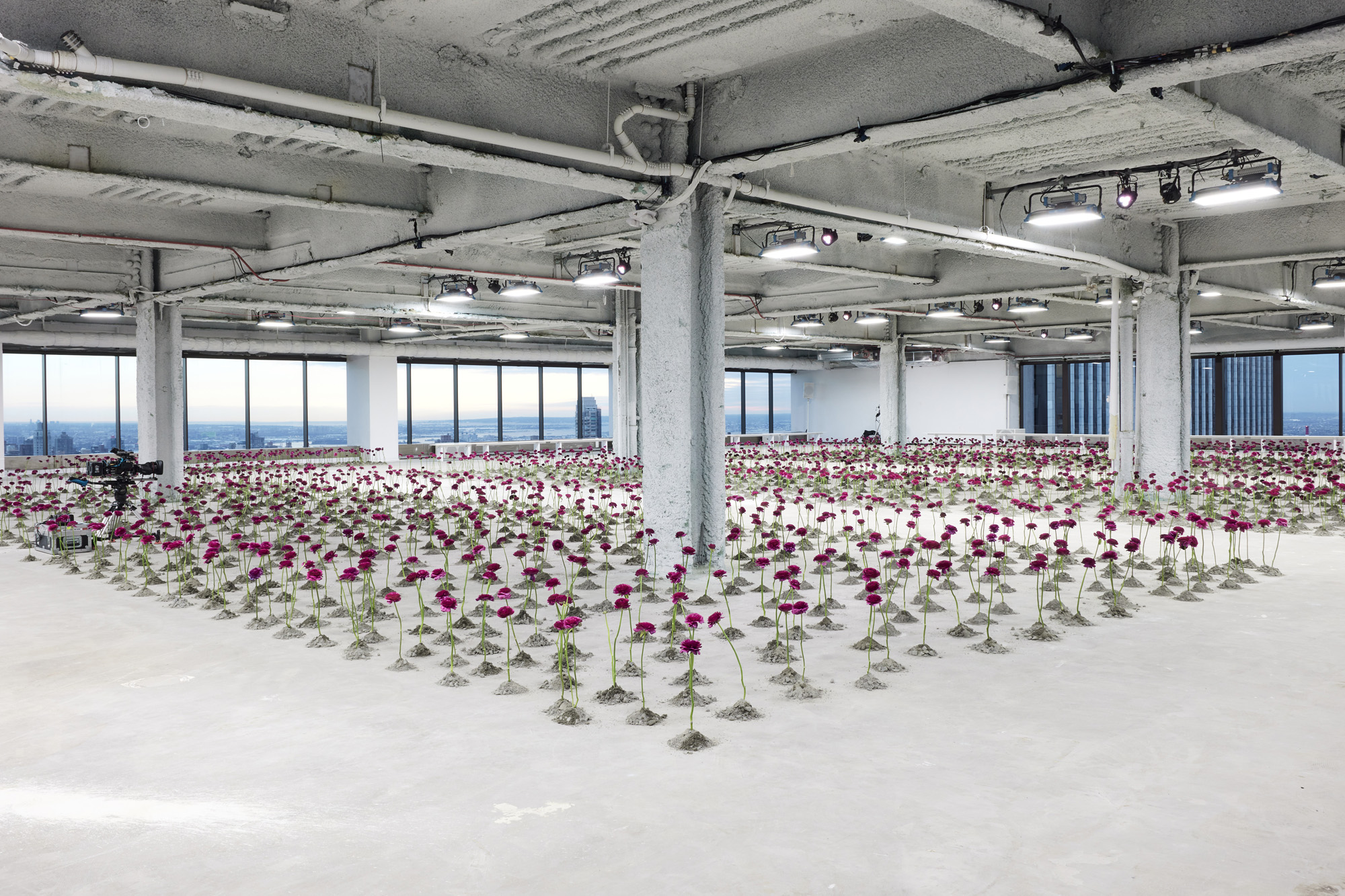
For Carolina Herrera’s A/W 2025 show, Bureau Betak installed a winter garden of 3,000 red ranunculi on an empty floor of the Solow Building in New York
Ultimately, though, they agree that certain primal, human qualities are what define their practice and reputation. ‘We are dealing with human relationships essentially: emotion, trust, support, passion and memory,’ Troncy says. Raynal adds, ‘Our currency is emotion and memory. These can never be delivered by a computer. A render might look beautiful, but it feels soulless – the emotional connection is absent. We believe wholeheartedly in the power of human creativity.’ That vital trust between brand and agency is hard-earned, not just by staging shows smoothly, but by creating magic. Troncy describes the feeling of Alessandro Michele’s S/S 2023 show for Gucci, where 68 pairs of identical twins were flown in to model. A wall divided the identically dressed twins for the show, and was only raised at the end when the twins took each other’s hands for the finale. ‘At first, there was a gasp and then the entire room was crying,’ says Troncy. ‘AI could never do this.’
Indeed, Raynal points out that event production is not simply confined to fashion, but is a fundamental part of humanity: we are, by our very nature, show-offs. ‘This job will exist forever,’ he says. ‘The need for ceremony and events is part of any empire, from the Egyptians to the Romans to Louis XIV – bringing people together to celebrate is a nothing new, it is part of life. Tools change and context evolves, but the need to stir emotion and create a memory [that] endures.’
A version of this story appears in the September 2025 Style Issue of Wallpaper*, available in print on newsstands, on the Wallpaper* app on Apple iOS, and to subscribers of Apple News +. Subscribe to Wallpaper* today
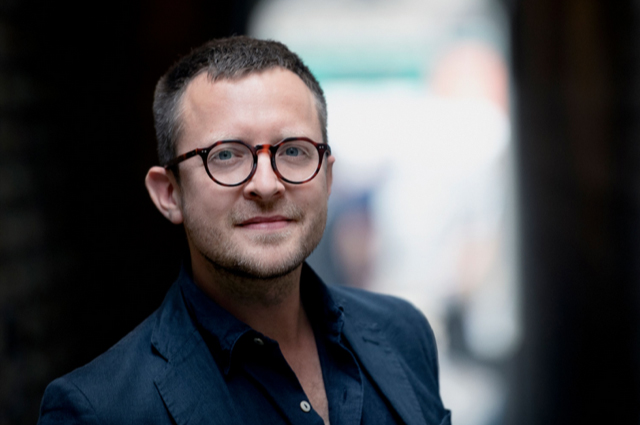
Hugo is a design critic, curator and the co-founder of Bard, a gallery in Edinburgh dedicated to Scottish design and craft. A long-serving member of the Wallpaper* family, he has also been the design editor at Monocle and the brand director at Studioilse, Ilse Crawford's multi-faceted design studio. Today, Hugo wields his pen and opinions for a broad swathe of publications and panels. He has twice curated both the Object section of MIART (the Milan Contemporary Art Fair) and the Harewood House Biennial. He consults as a strategist and writer for clients ranging from Airbnb to Vitra, Ikea to Instagram, Erdem to The Goldsmith's Company. Hugo recently returned to the Wallpaper* fold to cover the parental leave of Rosa Bertoli as global design director, and is now serving as its design critic.
-
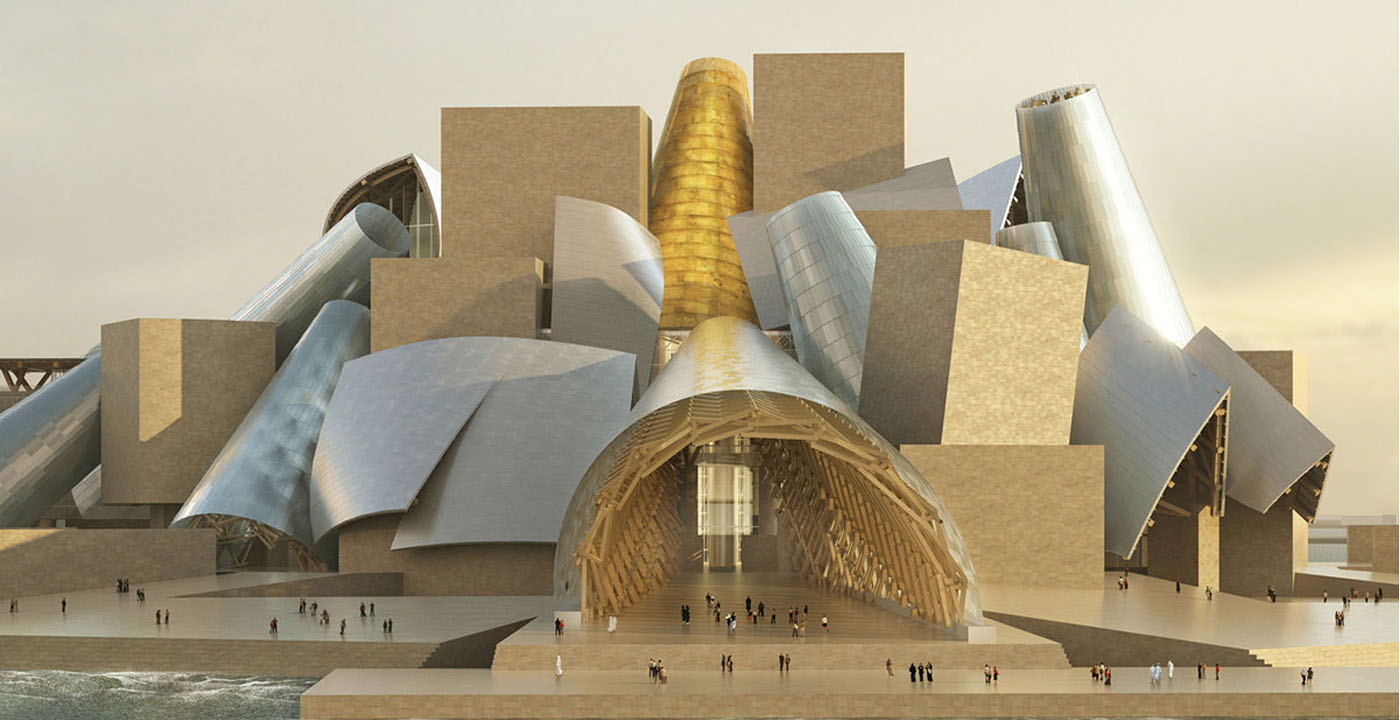 The eight hotly awaited art-venue openings we are most looking forward to in 2026
The eight hotly awaited art-venue openings we are most looking forward to in 2026With major new institutions gearing up to open their doors, it is set to be a big year in the art world. Here is what to look out for
-
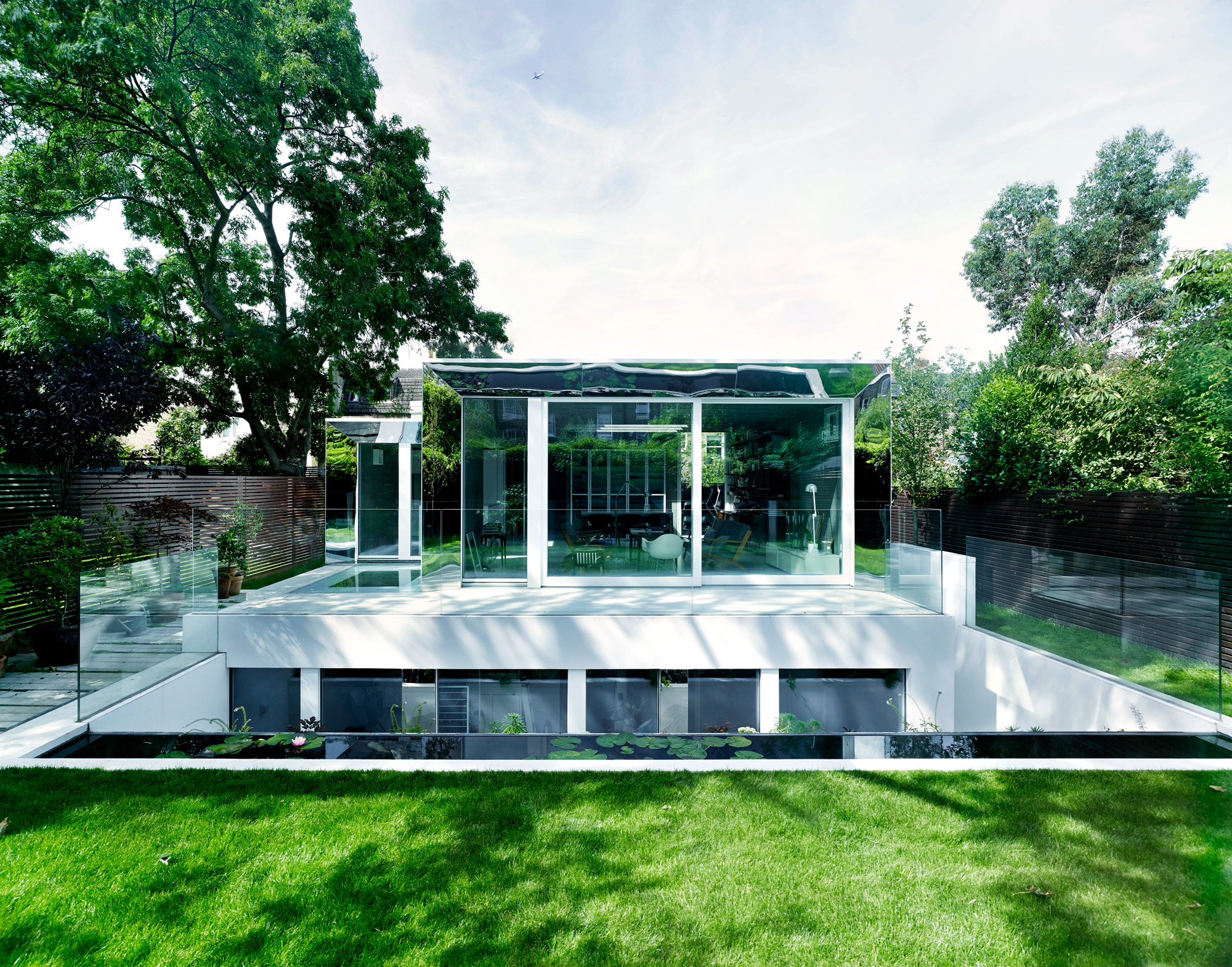 This modern Clapham house is nestled indulgently in its garden
This modern Clapham house is nestled indulgently in its gardenA Clapham house keeps a low profile in south London, at once merging with its environment and making a bold, modern statement; we revisit a story from the Wallpaper* archives
-
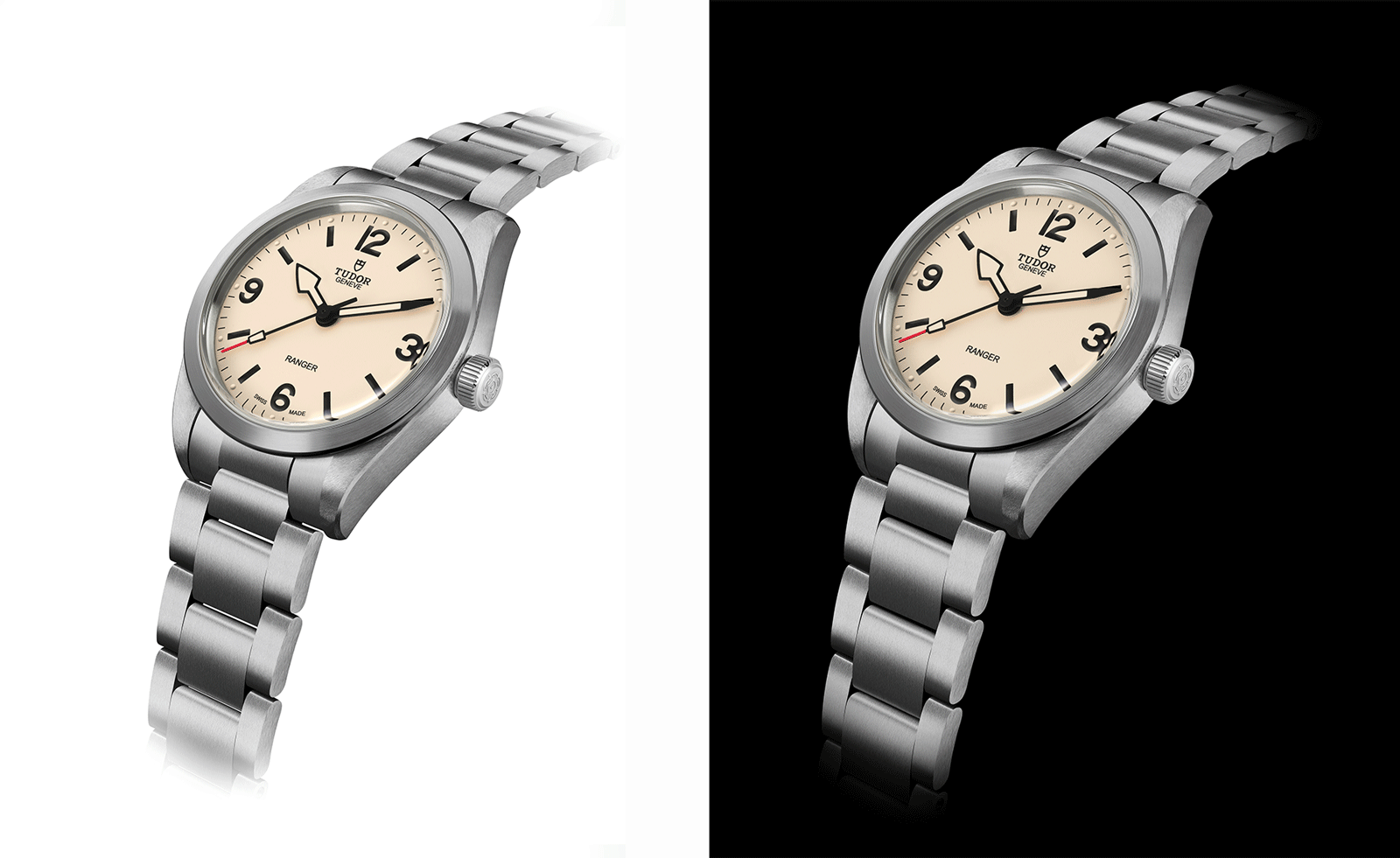 The new Tudor Ranger watches master perfectly executed simplicity
The new Tudor Ranger watches master perfectly executed simplicityThe Tudor Ranger watches look back to the 1960s for a clean and legible design
-
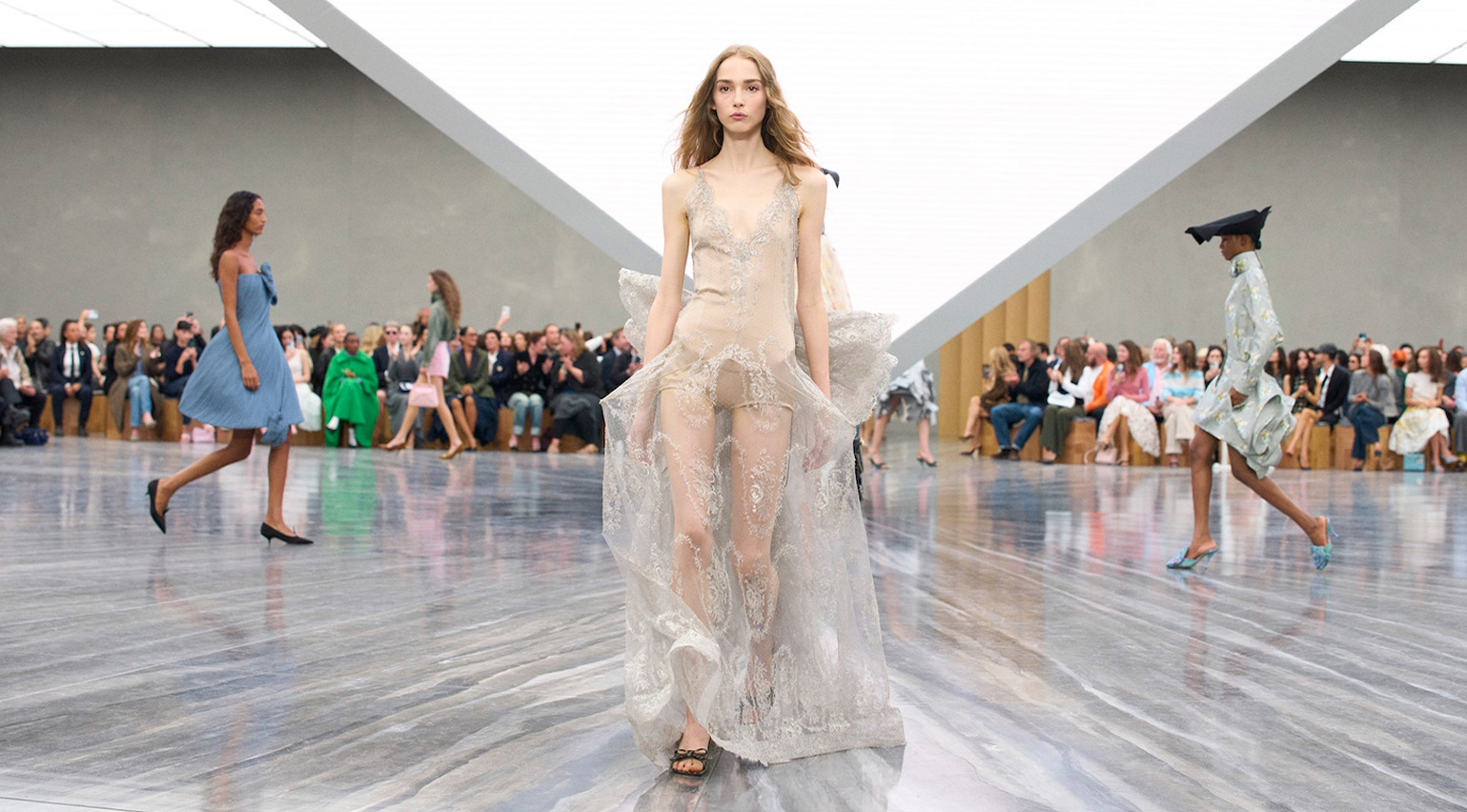 The key takeaways from the S/S 2026 shows: freedom, colour and romance define fashion’s new chapter
The key takeaways from the S/S 2026 shows: freedom, colour and romance define fashion’s new chapterWe unpack the trends and takeaways from the S/S 2026 season, which saw fashion embrace a fresh start with free-spirited collections and a bold exploration of colour and form
-
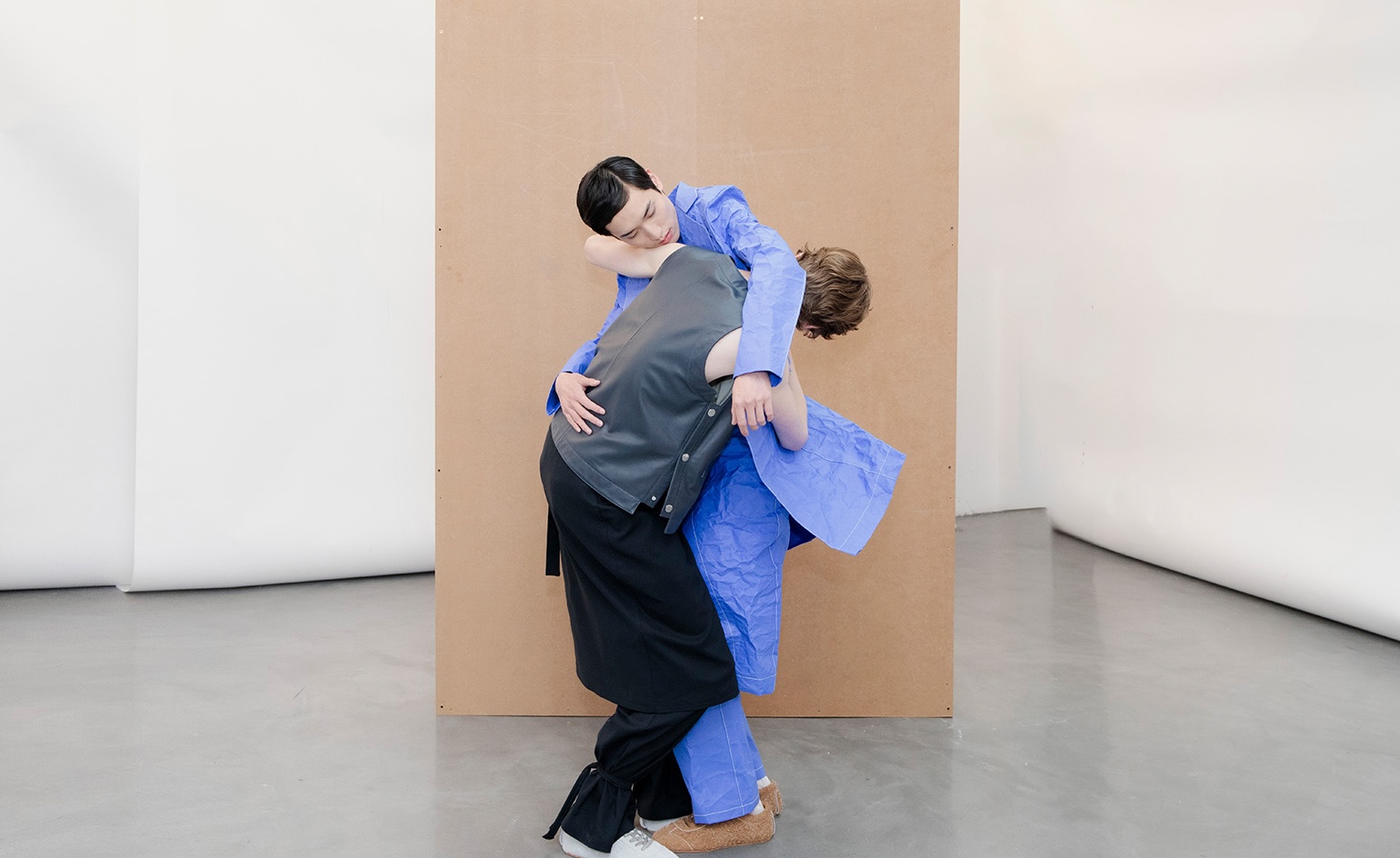 The independent designers you might have missed from fashion month S/S 2026
The independent designers you might have missed from fashion month S/S 2026Amid a tidal wave of big-house debuts, we take you through the independent displays that may have slipped through the cracks – from beautiful imagery to bookshop takeovers, museum displays and moves across the pond
-
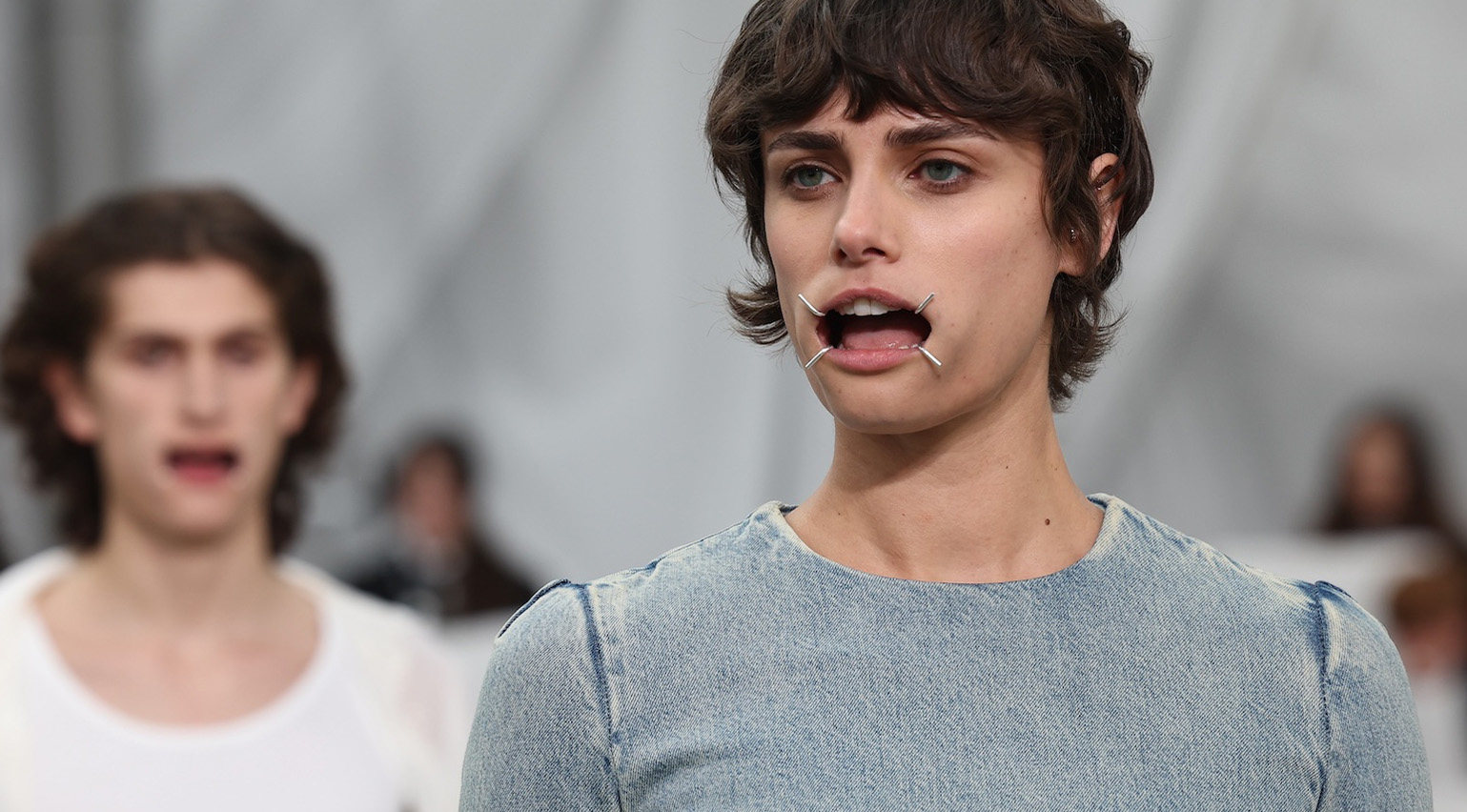 From wearable skincare to scented runways, unpacking the unconventional beauty moments of fashion month S/S 2026
From wearable skincare to scented runways, unpacking the unconventional beauty moments of fashion month S/S 2026The S/S 2026 season featured everything from probiotic-lined athleisure to fragranced runways – and those Maison Margiela mouthguards
-
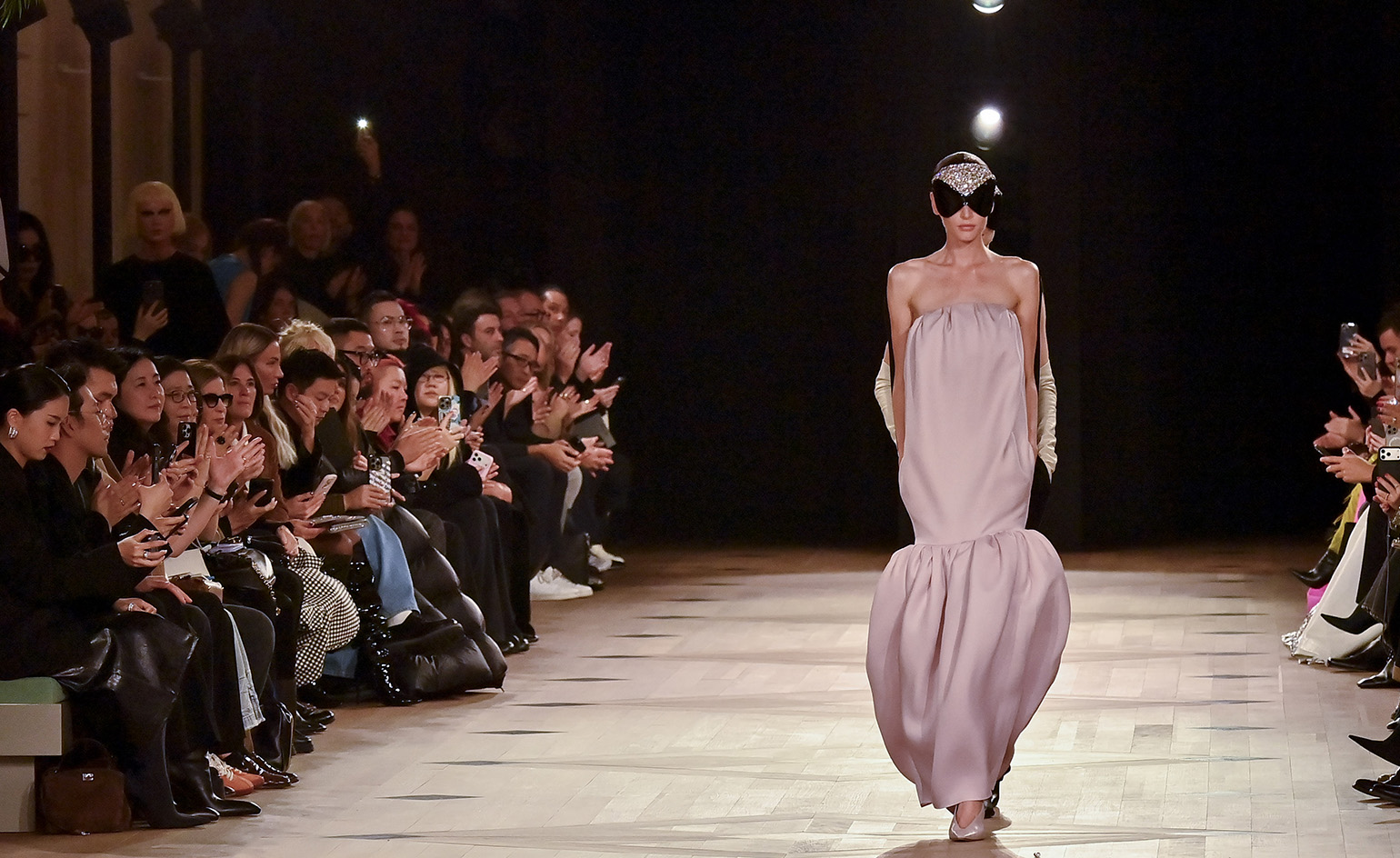 Pierpaolo Piccioli makes Balenciaga debut ‘from a place of love and connection’
Pierpaolo Piccioli makes Balenciaga debut ‘from a place of love and connection’Attended by Anne Hathaway and Meghan Markle, the ex-Valentino designer’s first runway display for Balenciaga took place within Kering’s Paris headquarters
-
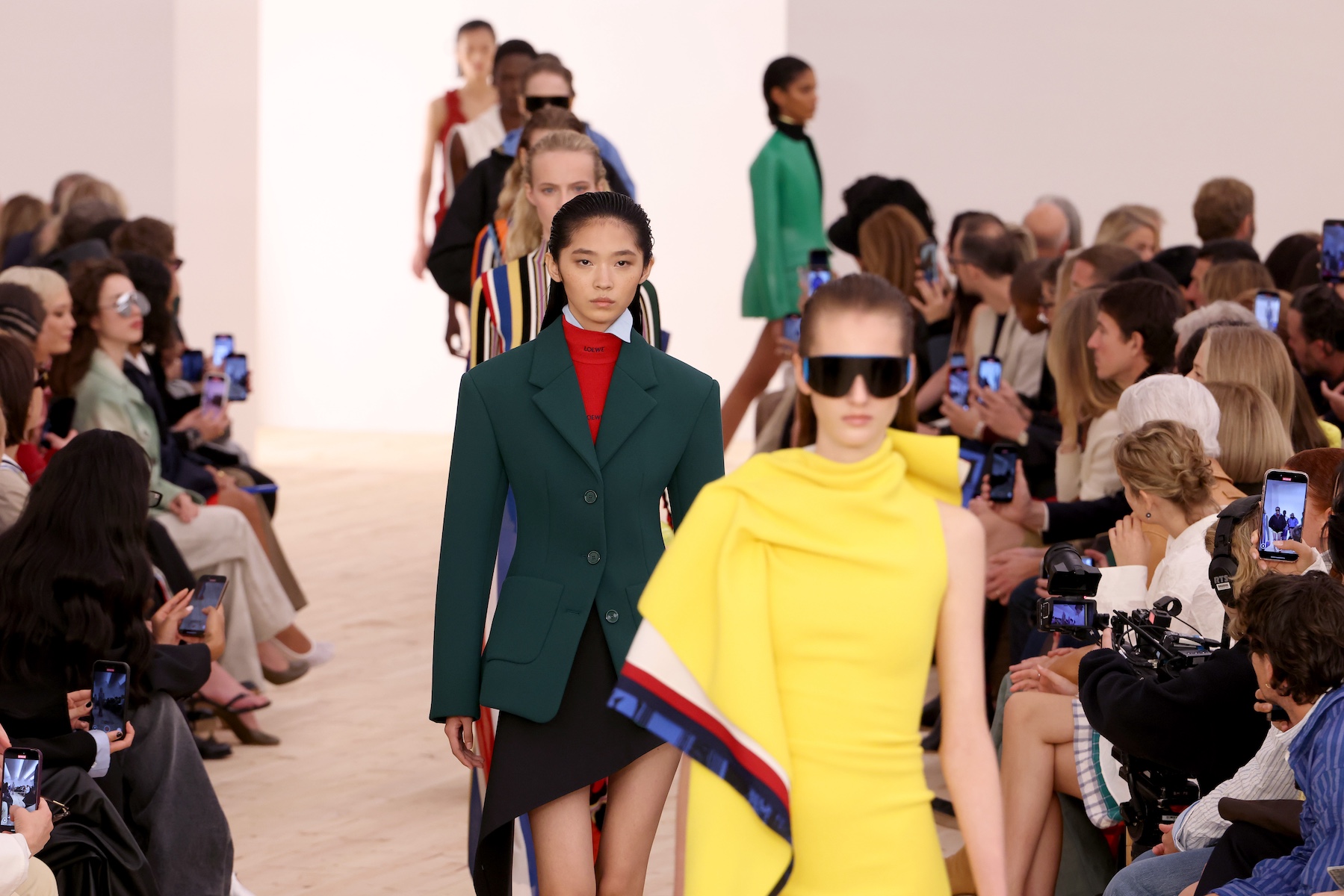 Jack McCollough and Lazaro Hernandez make a bold start at Loewe, inspired by Ellsworth Kelly’s ‘elemental colours’
Jack McCollough and Lazaro Hernandez make a bold start at Loewe, inspired by Ellsworth Kelly’s ‘elemental colours’The former Proenza Schouler designers presented their debut collection for Loewe this morning, channelling ‘clarity and colour, sensual physicality, and sunniness’
-
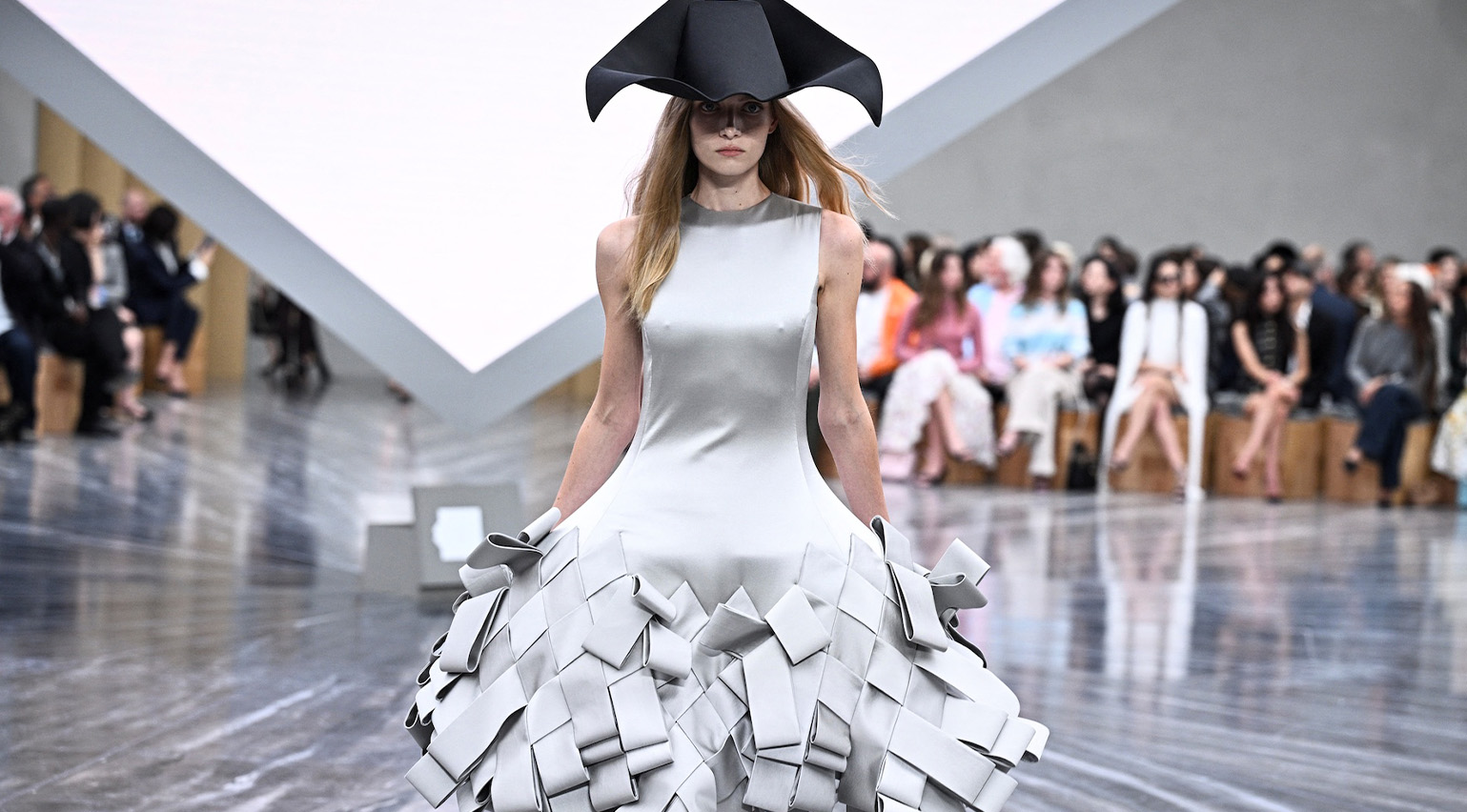 ‘Change is inevitable’: Jonathan Anderson’s first Dior womenswear collection recodes the house’s archive
‘Change is inevitable’: Jonathan Anderson’s first Dior womenswear collection recodes the house’s archiveAn audacious collection from the Northern Irish designer, presented in Paris this afternoon, saw him reconsider the Dior archive in his unwaveringly inventive style
-
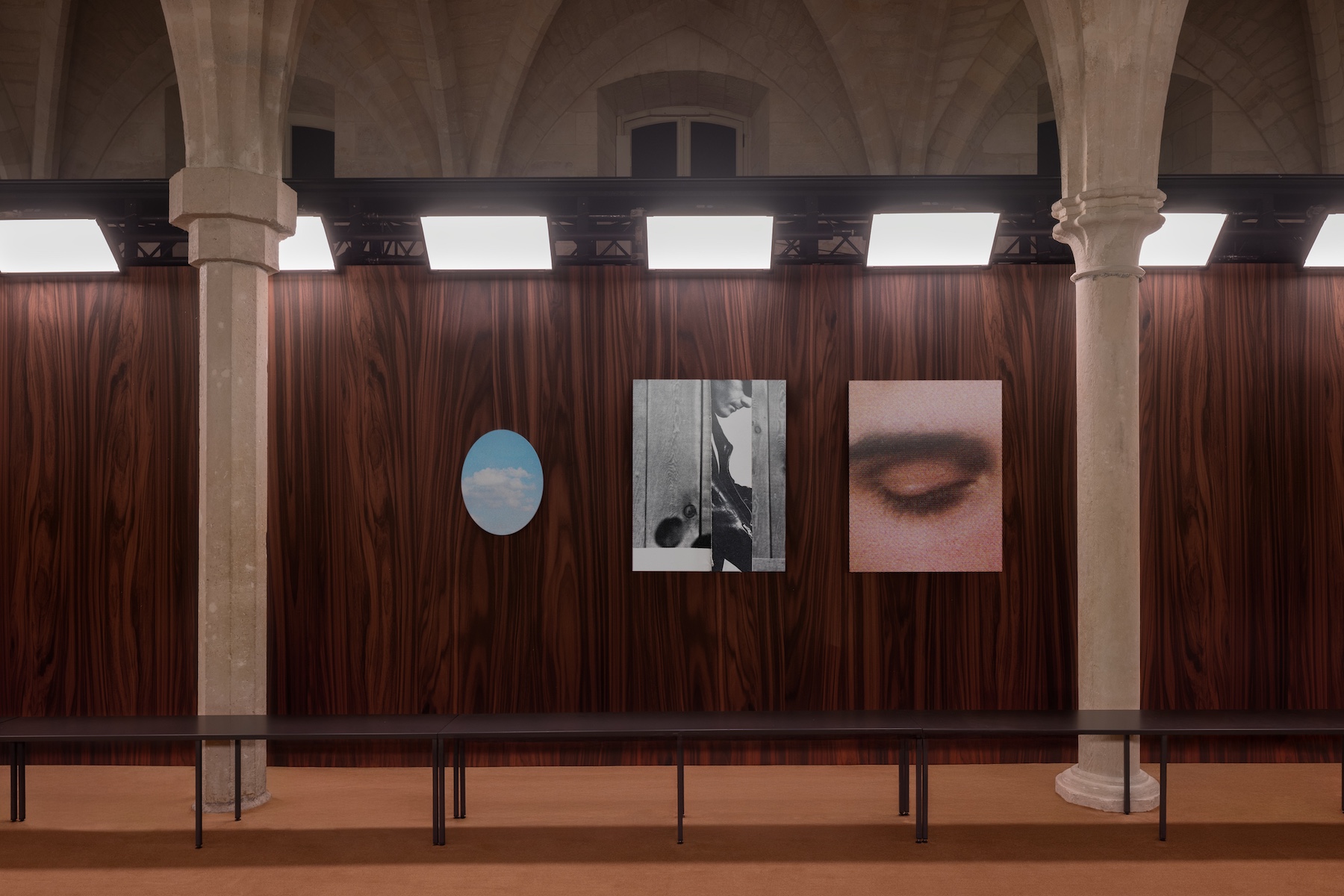 Acne Studios’ cigar salon runway set is decorated with Pacifico Silano’s homoerotic ‘objects of desire’
Acne Studios’ cigar salon runway set is decorated with Pacifico Silano’s homoerotic ‘objects of desire’Brooklyn-based artist Pacifico Silano breaks down his collaboration with Acne Studios, seeing his work – which zooms in on 1970s and 1980s gay erotica – backdrop the brand’s S/S 2026 show today in Paris
-
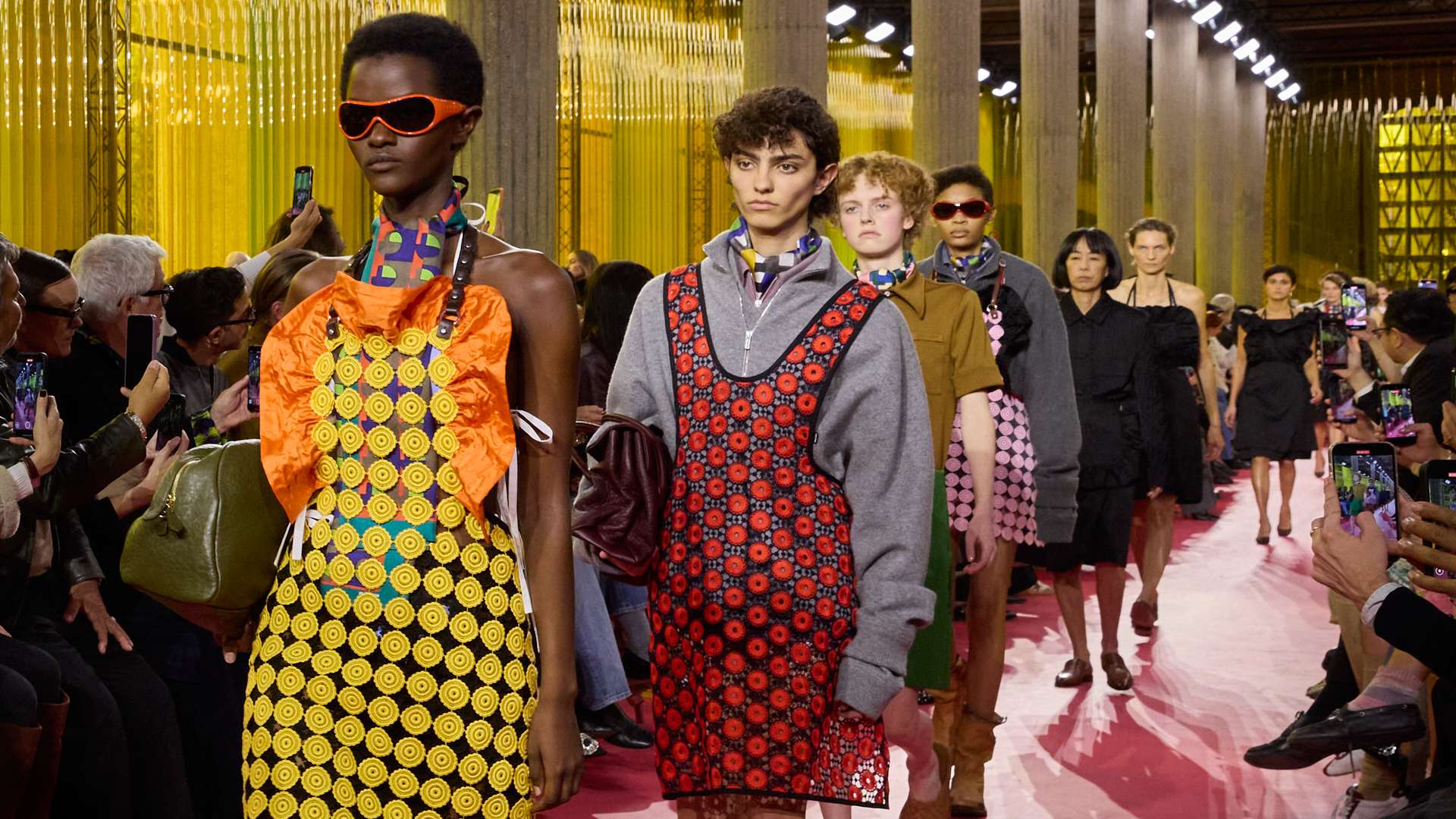 The standout shows of Paris Fashion Week S/S 2026 – as they happened
The standout shows of Paris Fashion Week S/S 2026 – as they happenedAmid a season of seismic change, we pick the definitive shows of Paris Fashion Week S/S 2026 – including Matthieu Blazy’s Chanel debut and Jonathan Anderson’s first womenswear collection for Dior